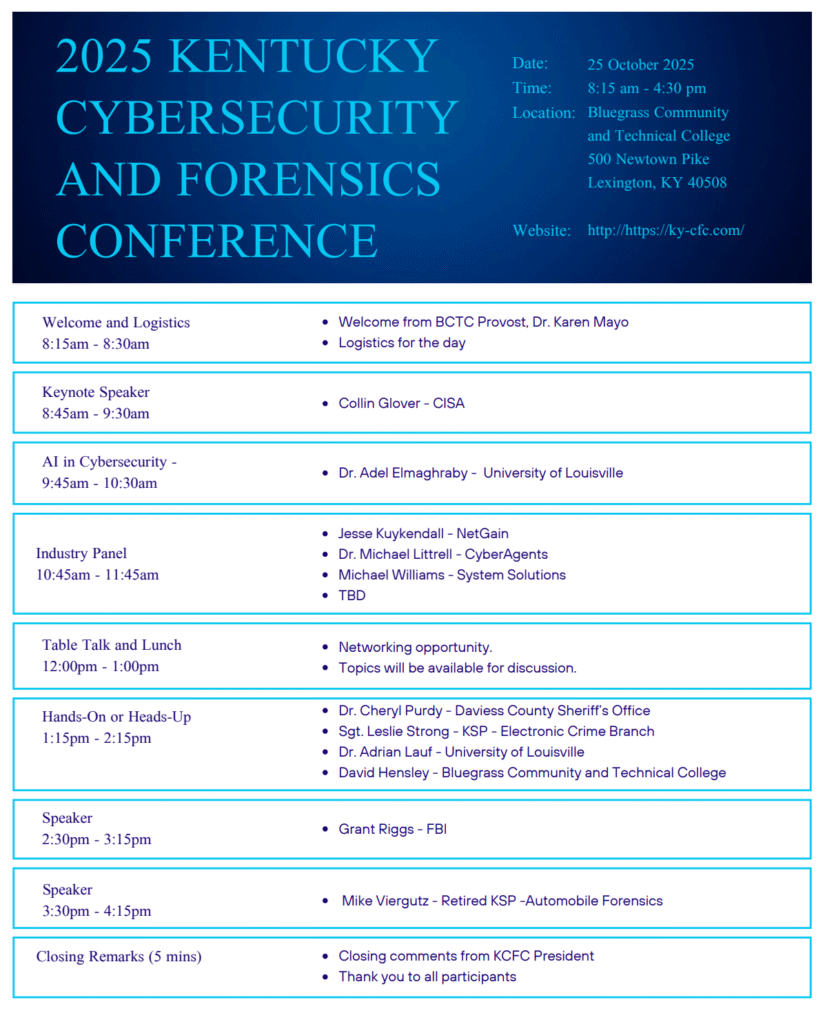A vulnerability has been discovered in GoAnywhere Managed File Transfer (MFT) which could allow for Command Injection. GoAnywhere Managed File Transfer (MFT) is an enterprise-level software solution for securely automating, managing, and tracking all organizational file transfers, whether server-to-server or person-to-person. Successful exploitation of this vulnerability could allow an actor with a validly forged license response signature to deserialize an arbitrary actor-controlled object, possibly leading to command injection.
THREAT INTELLIGENCE:
There are currently no reports of this vulnerability being exploited in the wild.
SYSTEMS AFFECTED:
- GoAnywhere Managed File Transfer (MFT) versions prior to the latest release 7.8.4, or the Sustain Release 7.6.3
RISK:
Government:
- Large and medium government entities: High
- Small government entities: Medium
Businesses:
- Large and medium business entities: High
- Small business entities: Medium
Home users: Low
TECHNICAL SUMMARY:
A vulnerability has been discovered in GoAnywhere Managed File Transfer (MFT), which could allow for command injection. Details of the vulnerability are as follows:
Tactic: Initial Access (TA0001):
Technique: Exploit Public-Facing Application (T1190):
- A deserialization vulnerability in the License Servlet of Fortra’s GoAnywhere MFT allows an actor with a validly forged license response signature to deserialize an arbitrary actor-controlled object, possibly leading to command injection. Fortra indicated to ensure that access to the GoAnywhere Admin Console is not open to the public. Exploitation of this vulnerability is highly dependent upon systems being externally exposed to the internet. (CVE-2025-10035)
Successful exploitation of this vulnerability could allow an actor with a validly forged license response signature to deserialize an arbitrary actor-controlled object, possibly leading to command injection.
RECOMMENDATIONS:
We recommend the following actions be taken:
- Apply appropriate updates provided by Fortra or other vendors which use this software to vulnerable systems immediately after appropriate testing. (M1051: Update Software)
- Safeguard 7.1 : Establish and Maintain a Vulnerability Management Process: Establish and maintain a documented vulnerability management process for enterprise assets. Review and update documentation annually, or when significant enterprise changes occur that could impact this Safeguard.
- Safeguard 7.2: Establish and Maintain a Remediation Process: Establish and maintain a risk-based remediation strategy documented in a remediation process, with monthly, or more frequent, reviews.
- Safeguard 7.4: Perform Automated Application Patch Management: Perform application updates on enterprise assets through automated patch management on a monthly, or more frequent, basis.
- Safeguard 7.5 : Perform Automated Vulnerability Scans of Internal Enterprise Assets: Perform automated vulnerability scans of internal enterprise assets on a quarterly, or more frequent, basis. Conduct both authenticated and unauthenticated scans, using a SCAP-compliant vulnerability scanning tool.
- Safeguard 7.7: Remediate Detected Vulnerabilities: Remediate detected vulnerabilities in software through processes and tooling on a monthly, or more frequent, basis, based on the remediation process.
- Safeguard 12.1: Ensure Network Infrastructure is Up-to-Date: Ensure network infrastructure is kept up-to-date. Example implementations include running the latest stable release of software and/or using currently supported network-as-a-service (NaaS) offerings. Review software versions monthly, or more frequently, to verify software support.
- Safeguard 18.1: Establish and Maintain a Penetration Testing Program: Establish and maintain a penetration testing program appropriate to the size, complexity, and maturity of the enterprise. Penetration testing program characteristics include scope, such as network, web application, Application Programming Interface (API), hosted services, and physical premise controls; frequency; limitations, such as acceptable hours, and excluded attack types; point of contact information; remediation, such as how findings will be routed internally; and retrospective requirements.
- Safeguard 18.2: Perform Periodic External Penetration Tests: Perform periodic external penetration tests based on program requirements, no less than annually. External penetration testing must include enterprise and environmental reconnaissance to detect exploitable information. Penetration testing requires specialized skills and experience and must be conducted through a qualified party. The testing may be clear box or opaque box.
- Safeguard 18.3: Remediate Penetration Test Findings: Remediate penetration test findings based on the enterprise’s policy for remediation scope and prioritization.
- Apply the Principle of Least Privilege to all systems and services. Run all software as a non-privileged user (one without administrative privileges) to diminish the effects of a successful attack. (M1026: Privileged Account Management)
- Safeguard 4.7: Manage Default Accounts on Enterprise Assets and Software: Manage default accounts on enterprise assets and software, such as root, administrator, and other pre-configured vendor accounts. Example implementations can include: disabling default accounts or making them unusable.
- Safeguard 5.5: Establish and Maintain an Inventory of Service Accounts: Establish and maintain an inventory of service accounts. The inventory, at a minimum, must contain department owner, review date, and purpose. Perform service account reviews to validate that all active accounts are authorized, on a recurring schedule at a minimum quarterly, or more frequently.
- Vulnerability scanning is used to find potentially exploitable software vulnerabilities to remediate them. (M1016: Vulnerability Scanning)
- Safeguard 16.13: Conduct Application Penetration Testing: Conduct application penetration testing. For critical applications, authenticated penetration testing is better suited to finding business logic vulnerabilities than code scanning and automated security testing. Penetration testing relies on the skill of the tester to manually manipulate an application as an authenticated and unauthenticated user.
- Architect sections of the network to isolate critical systems, functions, or resources. Use physical and logical segmentation to prevent access to potentially sensitive systems and information. Use a DMZ to contain any internet-facing services that should not be exposed from the internal network. Configure separate virtual private cloud (VPC) instances to isolate critical cloud systems. (M1030: Network Segmentation)
- Safeguard 12.2: Establish and Maintain a Secure Network Architecture: Establish and maintain a secure network architecture. A secure network architecture must address segmentation, least privilege, and availability, at a minimum.
- Use capabilities to detect and block conditions that may lead to or be indicative of a software exploit occurring. (M1050: Exploit Protection)
- Safeguard 10.5: Enable Anti-Exploitation Features: Enable anti-exploitation features on enterprise assets and software, where possible, such as Microsoft® Data Execution Prevention (DEP), Windows® Defender Exploit Guard (WDEG), or Apple® System Integrity Protection (SIP) and Gatekeeper™.
REFERENCES:
Fortra:
https://www.fortra.com/security/advisories/product-security/fi-2025-012
CVE:
https://cve.mitre.org/cgi-bin/cvename.cgi?name=CVE-2025-10035
